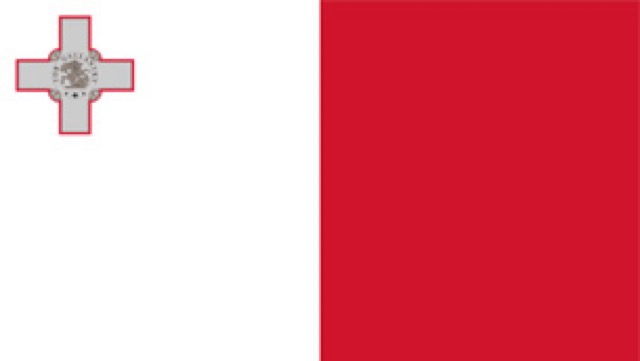
Geography
Area : 9,251 km² (of which 3,355 km² are in north Cyprus)
Coastline : 648 km
Capital : Nicosia
Official language : Greek
Flag

Population
Population : 1,362,551 (2024 est.)
Crude natural change rate : -3.2‰ (2024)
Population repartition: 16.1% under 15 years old, 16.6% above 65 years old (2023)
Foreign residents: EU nationals 11%, non-EU nationals 8% (2021)
Crude net migration rate: 6.3‰ (2024)
First time asylum applicants: 6,750 (2024)
Life expectancy: men 77.5 years, women 83.1 years (2023)
Religions: Orthodox christians 89.1%, Roman Catholics 2.9%, Protestants 2%, Muslims 1.8%, other 1.4%, none 0.6%, unspecified 1.1% (2011 est.)
Source : Eurostat, The CIA World Factbook
Economy
Currency: Euro
GDP: € 33,567,7 million (2024)
GDP per capita (PPS): € 37,700 (2024)
GDP growth : 3.4% (2024)
Inflation: 2.1% (April 2025)
Public debt: 70.6% of GDP (2024)
Unemployment: 4.8% (March 2025)
Stock of foreign direct investment from the entire world: 1,542% (2022)
Performance sectors: services, tourism
Budget balance: 3.1% of GDP (2024)
Source : Eurostat, Trading Economics, Données mondiales
Political system
Independent Republic, Presidential regime
Constitution of August 16th 1960; although some clauses are no longer applied since the crisis of 1963 led to a retreat of the Turkish Cypriot community from governmental activities.
Head of State: Níkos Christodoulídis, elected in 2023 for five years by direct universal suffrage. The duties of the Head of State and the Head of Government arecombined.
Monocameral legislative power: The House of Representatives comprises 80 seats (56 for the Greek Cypriotes and 24 for the Turkish Cypriotes which are vacant). The representatives are elected for five years according to a system of proportional representation. The last parliamentary elections on 22 May 2016, strengthened the coalition in office: the democrats and the communists won one and two seats more than during the last elections respectively.
Institutions and political situation: Applicable only to southern Cyprus. The Turkish part in the north, which is not recognized by the international community, has its own institutions.
Annan plan/Reunification: 11th November 2002 - Kofi Annan, UN Secretary General, presented a peace plan to reunite the island into one confederal State comprising two independently administered communities. 24th April 2004 - the Greek Cypriots rejected the UN reunification plan (75.83% of the votes) while the Turkish Cypriots approved it (with 64.91% voting yes). The Greek Cypriots decided to keep the Turkish community in the north out of the European Union. Negotiations have resumed in September 2008 and are still ongoing. The UN would like peace to end in view of organising a new referendum over the reunification plan.
Political representation
Parliamentary composition in July 2023
- 17 seats DISY (Democratic Rally, right)
- 15 seats AKEL (Progressive Party of Workers' Party, radical left)
- 9 seats DIKO (Democratic Party, center right)
- 4 seats DIPA (Democratic Front, center)
- 3 seats EDEK (Movement for Social Democracy)
- 3 seats ELAM (National People's Front, far right)
- 2 seats KOP (Movement of Ecologists)
- 2 seats independent
- 1 seat independent socialist MP
Women's representations
- in the government: 6/19
- in the House of Representatives: 8/56
Next Elections:
On The Same Theme
Country Sheet
Country Sheet
Country Sheet
Country Sheet
Country Sheet

Country Sheet

Country Sheet

Country Sheet


